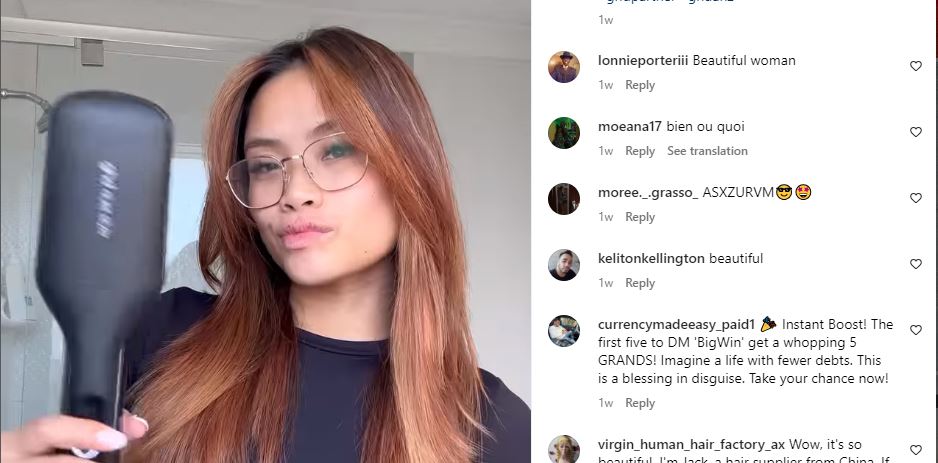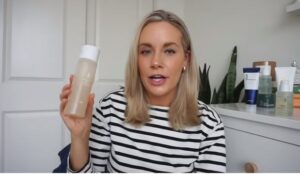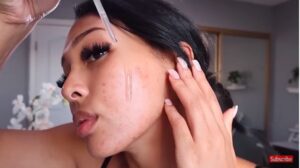
‘Mega’ influencers with more than 500,000 followers (think Hugh Jackman, Chris Hemsworth, Ash Barty and Sarah Magusara with millions of social media fans) have led the rise or promoting brands with endorsements by social media celebrities.
However, the number of followers alone is not always the best way for marketers to promote brands and products, according to new South Australian marketing research led by Flinders University.
Dr Naser Pourazad, from Flinders University, and Dr Lara Stocchi and Shreya Narsey, from the University of South Australia, have compared the work of 180 large, medium and small social media influencers’ KPIs (key performance indicators) from a sample of 35,000 posts on Facebook, Instagram, YouTube, TikTok and Twitter.
The findings, published in the latest Journal of Advertising Research, explored differences in followers and engagement across the popular social media platforms.

“Our research suggest that brands should not rely solely on the classic KPIs of followers and engagement rates when choosing an influencer to work with,” says lead author Flinders University Marketing Lecturer Dr Naser Pourazad, from the College of Business, Government and Law.
“Instead, to evaluate the effectiveness of an influencer and choose the right one based on business goals, brands should use a simple model based on the maturity and growth trajectory of the social media platforms, known as ‘double jeopardy’
“They should also set guidelines and benchmarks for working with influencers of different sizes from different industries, depending on the platform.”
For example, micro-influencers may be more effective for improving engagement on mature platforms like Facebook, Twitter and YouTube while macro- and mega-influencers may be more effective on emerging platforms like TikTok which focuses on authenticity and creative expression, the researchers say.
Micro-influencers have between 10,000 and 50,000 followers, compared to celebrity status and ‘macro-influencers’ with between 50,000 and 500,000 followers. Mega-influencers have more than 500,000 followers.
A 2019 study by Influencer Marketing Hub found 89% of marketers planned to increase or maintain their investment with influencers they work with.









